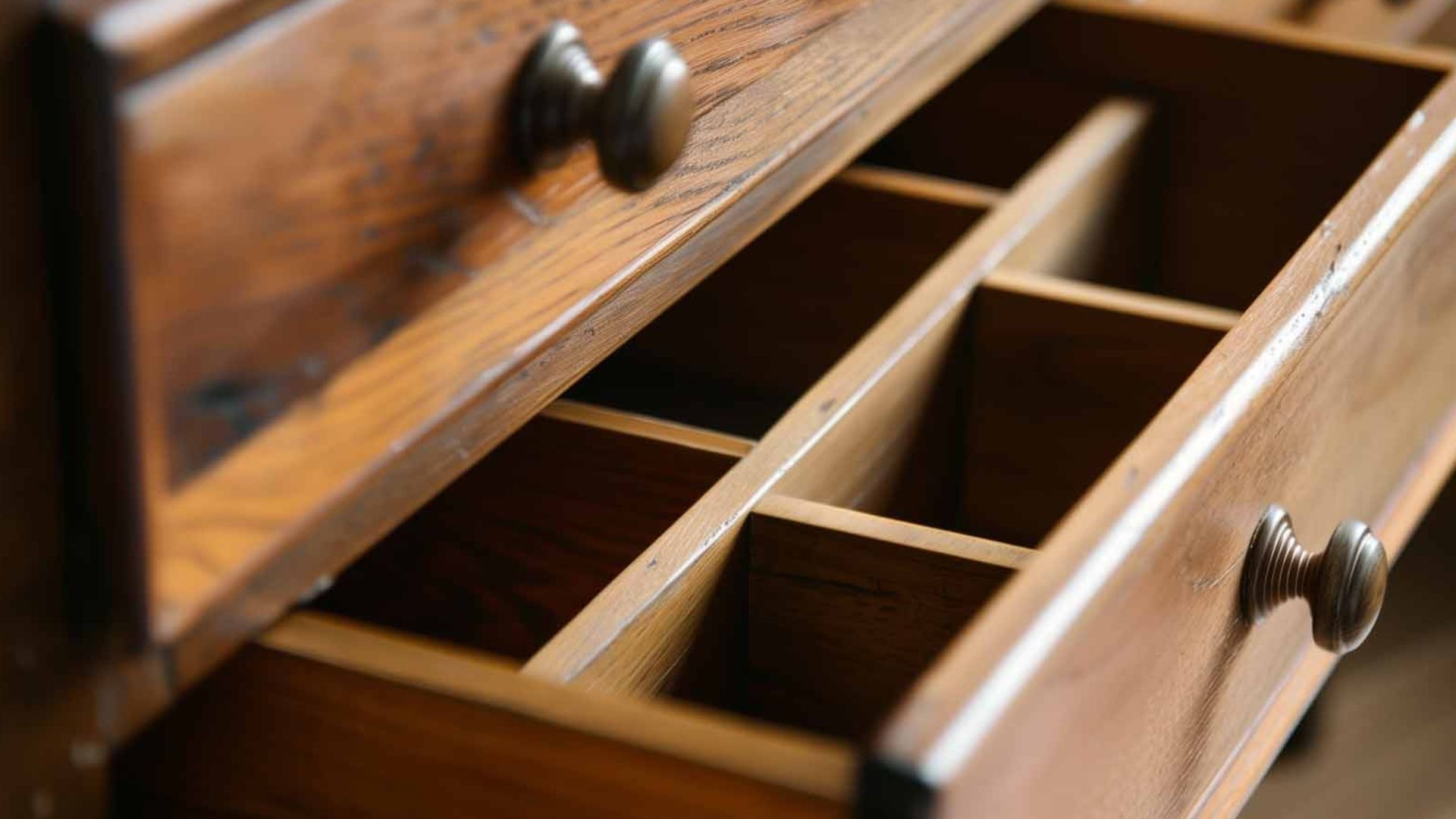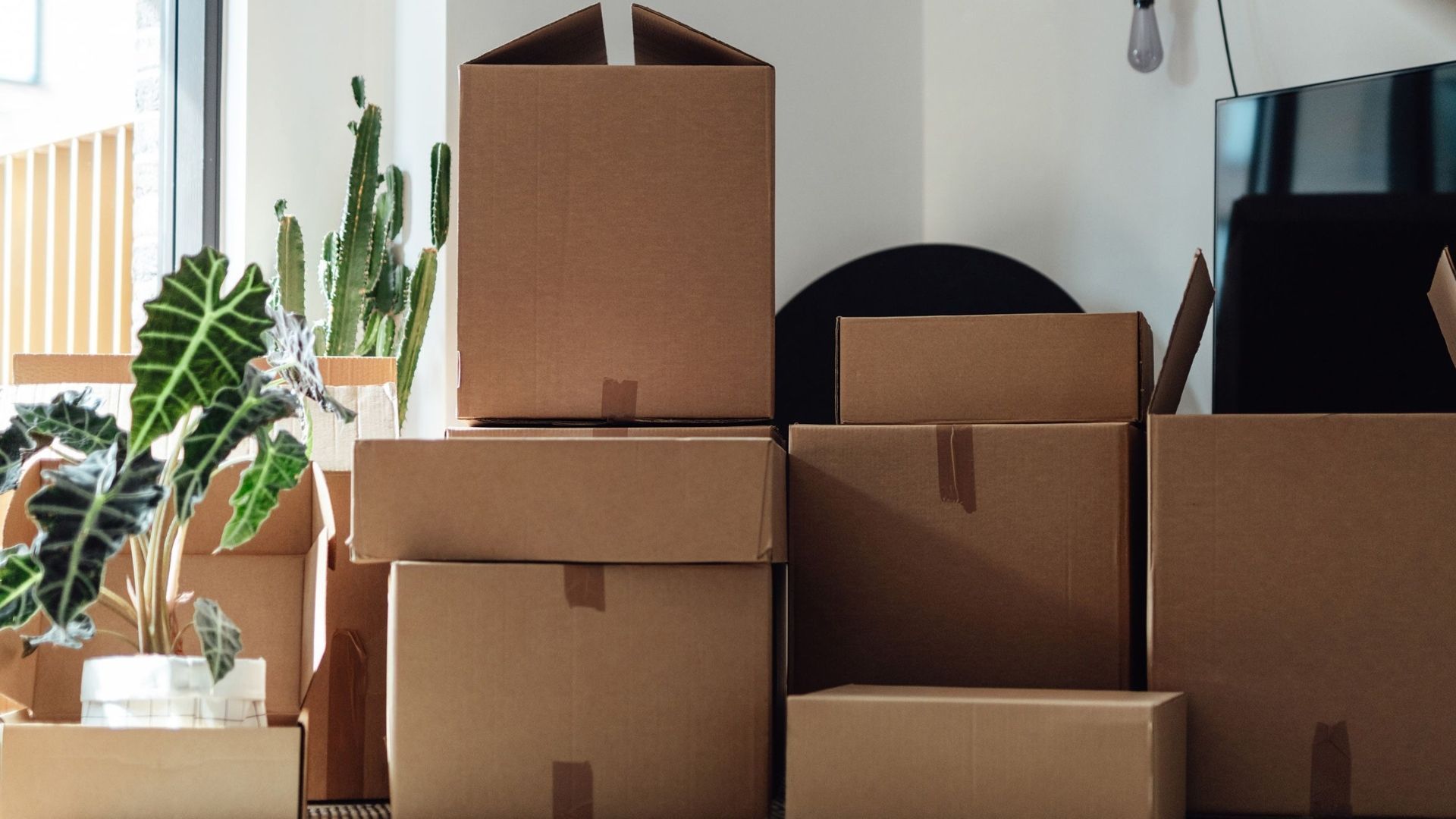What Do You Need to Set Up When You Move House?
Moving to a new house is exciting, but it can also feel overwhelming. You need to set up utilities, change your address, get internet working, and make sure your home is safe and secure. This guide will walk you through everything you need to do to get your new house ready for living.
Essential Utilities You Must Set Up
Electricity and Gas Setup
Contact your current utility service providers at least three to four weeks before moving day. Communicate your move-out date clearly and schedule a shutoff for your departure day to avoid unnecessary fees. According to This Old House, setting up electricity and gas should be your first priority when moving to avoid service interruptions.
For your new home, schedule the setup or transfer of utilities for your new residence one or two weeks before your move-in date. This gives you time to fix any problems before you arrive.
Here's what you need to do:
- Contact your old providers - Tell them when you're moving out
- Find new providers - Check what companies serve your new area
- Schedule connection dates - Make sure power is on when you arrive
- Take meter readings - Take meter readings – once you step foot into a new property, you'll be classed as responsible for the utilities.
Important tip: When moving home there is a lot to do, from moving house storage to address updates and home setup. Start early to avoid stress.
Water and Sewer Services
Check with the city or county to set up water and sewer services. Some locations may include this in property taxes, while others require separate billing.
Water service is usually run by your local city or county. Visit their website or call to set up service. Make sure water will be turned on before you move in.
Internet and Cable Setup
Getting internet working is crucial for modern life. Most people unpack their boxes or clean their new house immediately on the first day after moving. But another important thing one can do to help you settle down and feel much more at home is setting up your internet.
Steps to set up internet:
- Check if your current provider serves your new area
- Compare different internet providers - Look at speed and price
- Schedule installation - Setting up internet access in a new house usually takes around two weeks.
- Test your connection - Make sure everything works properly
Internet speed: Think of how much internet speed you'll need at home. If you or anyone in the household works from home, you'll need to find an internet service provider to offer the fastest plan.
Trash and Recycling Services
Contact your local waste management company to arrange trash and recycling pickup. Find out your collection schedule and whether you need to request bins.
Don't forget to arrange garbage collection. Find out what day pickup happens and if you need special bins.
Address Changes and Notifications
Government Agencies
In most states, you must update the DMV of an address change within 30 days of the move, even if you're moving within city limits. The U.S. Department of Motor Vehicles requires timely address updates to maintain valid registration and licensing. You need to update your address with several government agencies.
Key government updates:
- DMV - Update your driver's license and car registration
- IRS - You can update your address with the IRS by phone, mail, or by using IRS Form 8822 according to official IRS guidelines.
- Voter registration - Make sure you can vote in your new area
- Social Security Administration - If you get benefits
Banks and Financial Services
Keeping your address up-to-date with your bank and credit union is crucial for receiving important financial documents and preventing identity theft.
Update your address with:
- Your bank and credit union
- Credit card companies
- Investment firms
- Insurance companies
- Loan providers
Most banks and credit unions allow you to update your address through their online banking portal or mobile app.
Mail Forwarding
The only way to ensure your mail reaches you at a new address is to set up a mail forward through the United States Postal Service. The USPS Change of Address service is one of the most important steps when relocating.
Set up mail forwarding through USPS. The USPS will begin redirecting mail to your new address approximately 7-10 days after the start date you indicate on your change of address.
Safety and Security Setup
Changing Locks
Try to make sure your apartment has new locks. Landlords sometimes don't get all the keys returned from previous tenants and fail to change the locks. This is a crucial safety step that many people forget.
Why change locks:
- Previous owners or tenants might still have keys
- You don't know who has had access to your home
- It gives you peace of mind
The five lever mortice deadlock is the standard for the approved home insurance locks list. Consider getting insurance-approved locks to potentially lower your home insurance costs.
Home Security Systems
Moving to an unfamiliar area can be frightening, and nighttime bumps and creaks can keep you up at night in a new home. Get the peace of mind that only comes from knowing your family is safe by immediately setting up a home security system.
Consider installing:
- Security cameras
- Alarm systems
- Smart locks
- Motion sensors
Safety Checks
When you move into a new home, you're probably not aware of when the batteries were changed in smoke detectors, carbon monoxide detectors and natural gas alarms. The National Fire Protection Association recommends testing smoke detectors monthly and replacing batteries at least once a year.
Important safety checks:
- Test smoke detectors and replace batteries
- Check carbon monoxide detectors
- Find the circuit breaker box
- Locate the water shut-off valve
- Test all door and window locks
Setting Up Your New Home
First Day Essentials
Unpack Your Start-Up Kit and Relax Put toilet paper in the bathroom and sheets on the bed. Then take a well-deserved break.
Pack a first-day box with:
- Toilet paper
- Bed sheets and pillows
- Basic toiletries
- Phone chargers
- Snacks and drinks
- Cleaning supplies
Kitchen Setup
Unpack the kitchen: Unpack essentials so you can start cooking and eating at home.
Set up your kitchen basics first:
- Unpack dishes and utensils
- Check that appliances work
- Stock basic food items
- Set up coffee or tea supplies
Child and Pet Safety
If you have kids or pets, a top priority should be to make sure the home is set up for their safety. You'll want to have gates at the top and bottom of the stairs, child safety locks, oven knob covers and the like.
Safety items for families:
- Baby gates for stairs
- Cabinet locks
- Outlet covers
- Secure chemicals and medications
- Check for hazards at child height
Home Services and Maintenance
Finding Local Services
Research your new area to find:
- Local doctors and dentists
- Veterinarians (if you have pets)
- Grocery stores and pharmacies
- Emergency services locations
By familiarizing yourself with your community this early on, you'll be able to adjust much quicker.
Professional Services
You might need to find:
- Cleaning services
- Lawn care providers
- Snow removal (in cold areas)
- Pest control services
- Home maintenance professionals
Home Insurance
Don't wait until you're settled in. A good renters insurance policy should be in place from day one to protect your belongings from theft, accidents, or unexpected damage.
Whether you need homeowner's or renter's insurance, get it set up before you move in. Your belongings need protection from day one.
Moving Day Setup Tips
Utility Checklist for Moving Day
Before the movers arrive:
- Make sure electricity is on
- Check that water is working
- Test internet connection
- Confirm all keys work properly
After moving in:
- Take photos of any damage
- Test all appliances
- Check heating and cooling systems
- Locate important shut-off valves
Final Setup Tasks
Make spare keys: You don't want to get locked out in your new neighborhood!
Week one tasks:
- Make spare keys
- Update emergency contacts
- Register kids for school
- Find the nearest hospital
- Meet your neighbors
Consider using professional moving services to make the process easier. If you're in the Edmonton area, Last Stop Moving can help with your move and provide expert packing services to make your transition smooth.
Final Thoughts
Moving to a new house involves many setup tasks, but breaking them down makes it manageable. Start with utilities like electricity, water, and internet. Then handle address changes with banks, government agencies, and mail forwarding. Don't forget safety checks like changing locks and testing smoke detectors.
The key is to start early and stay organized. Begin contacting utility companies 3-4 weeks before your move. Set up internet installation as soon as possible since it can take up to two weeks. Handle address changes promptly to avoid missing important mail.
Remember that moving is stressful, but proper planning makes it much easier. Focus on the essentials first - utilities, safety, and basic comfort items. You can handle the rest once you're settled in your new home.
Ready to make your move? Start with this checklist and you'll be comfortable in your new house in no time. For more moving tips and help with your relocation, check out our complete moving checklist and new house checklist resources.



